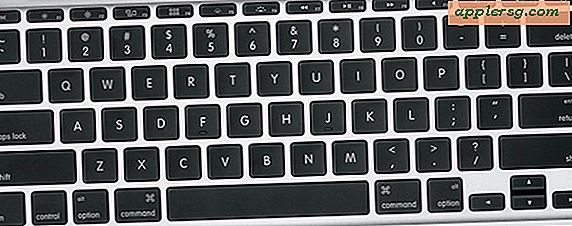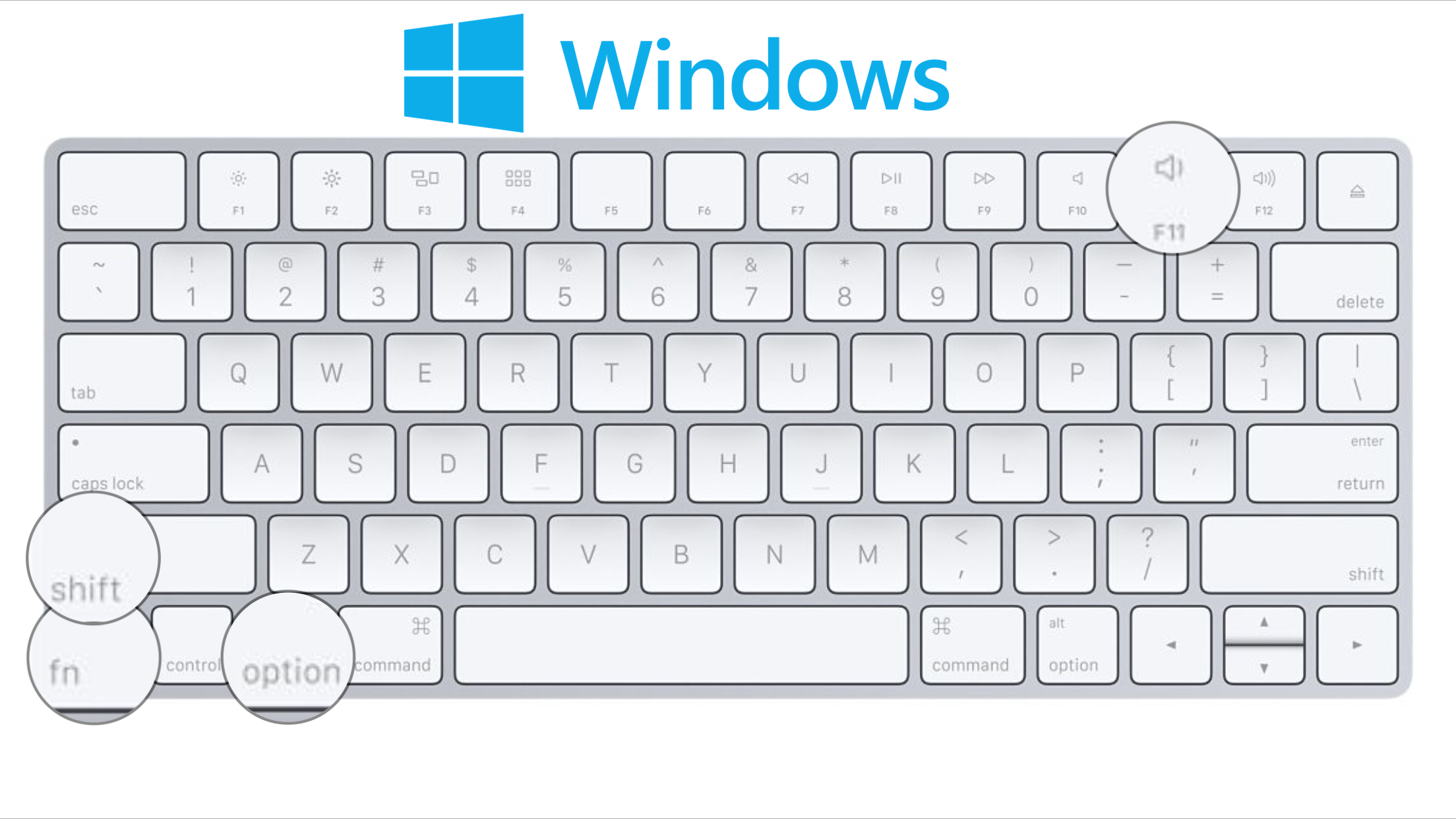

When using Grab, you won't see an application window on the screen until you've captured something. Double-click to open the app from there in the Finder. To open Grab, open your Finder, select "applications" under "places," and expand "utilities." Grab should be one of the utilities listed there. Grab offers more features than keystrokes alone when capturing images from your Mac's computer screen.
#Print screen for windows on mac how to
Next, let's take a look at how to use Grab, including how to capture a specific window and how to time the capture to include things like mouse-over text or drop-down menus. While keystrokes let you get a quick capture from the screen, they have limited options for what you're capturing. Later, we'll look at how you can convert any of these images to other file formats. Macs switched to portable document format (PDF) starting in the 10.2 release of OS X, and to portable network graphics (PNG) files by 10.6. Mac OS X traditionally saved keyboard-generated screenshots as tagged image file format (TIFF) files. To see the files you're saving, you'll have to either open your Finder or minimize your windows to find the images saved on the desktop. Instead, the system just plays a chime that sounds like a film camera snapping a photo. When you're capturing images this way, you won't see any system or app notifications to verify success. If you don't use the Control key, your Mac saves these keystroke captures to your desktop by default.

That allows you to copy and paste what you see on the screen into an application, such as image editing software. Your cursor immediately returns to normal after that selection.Ĭontrol added to the start of either of these sequences saves the image to the clipboard temporarily instead of to a permanent file. Click and drag the tool to make your selection.

Command+Shift+3 captures the entire screen and saves it to a file on your desktop.Ĭommand+Shift+4 temporarily replaces your mouse cursor with a tool to select any rectangular portion of the screen.


 0 kommentar(er)
0 kommentar(er)
